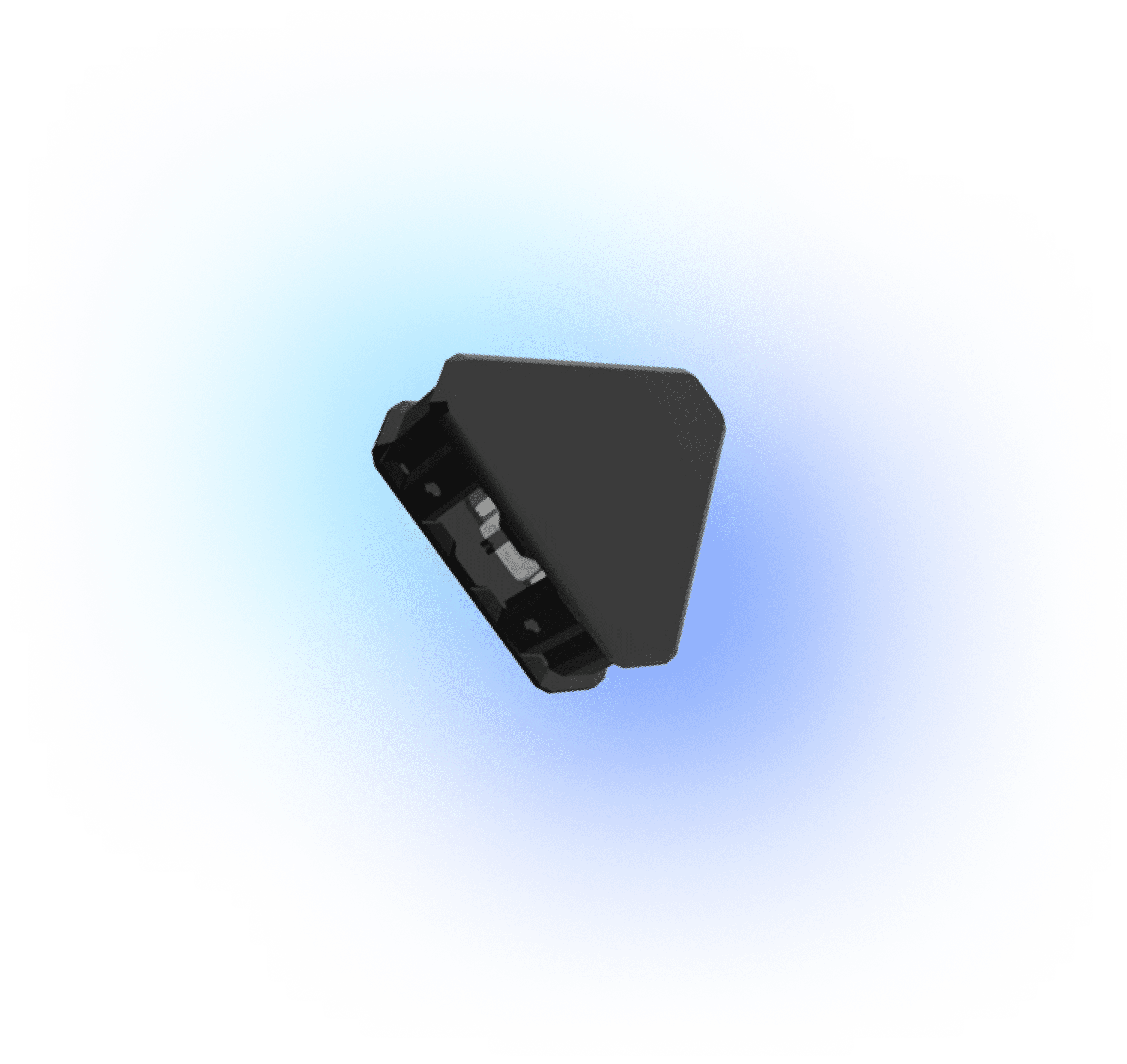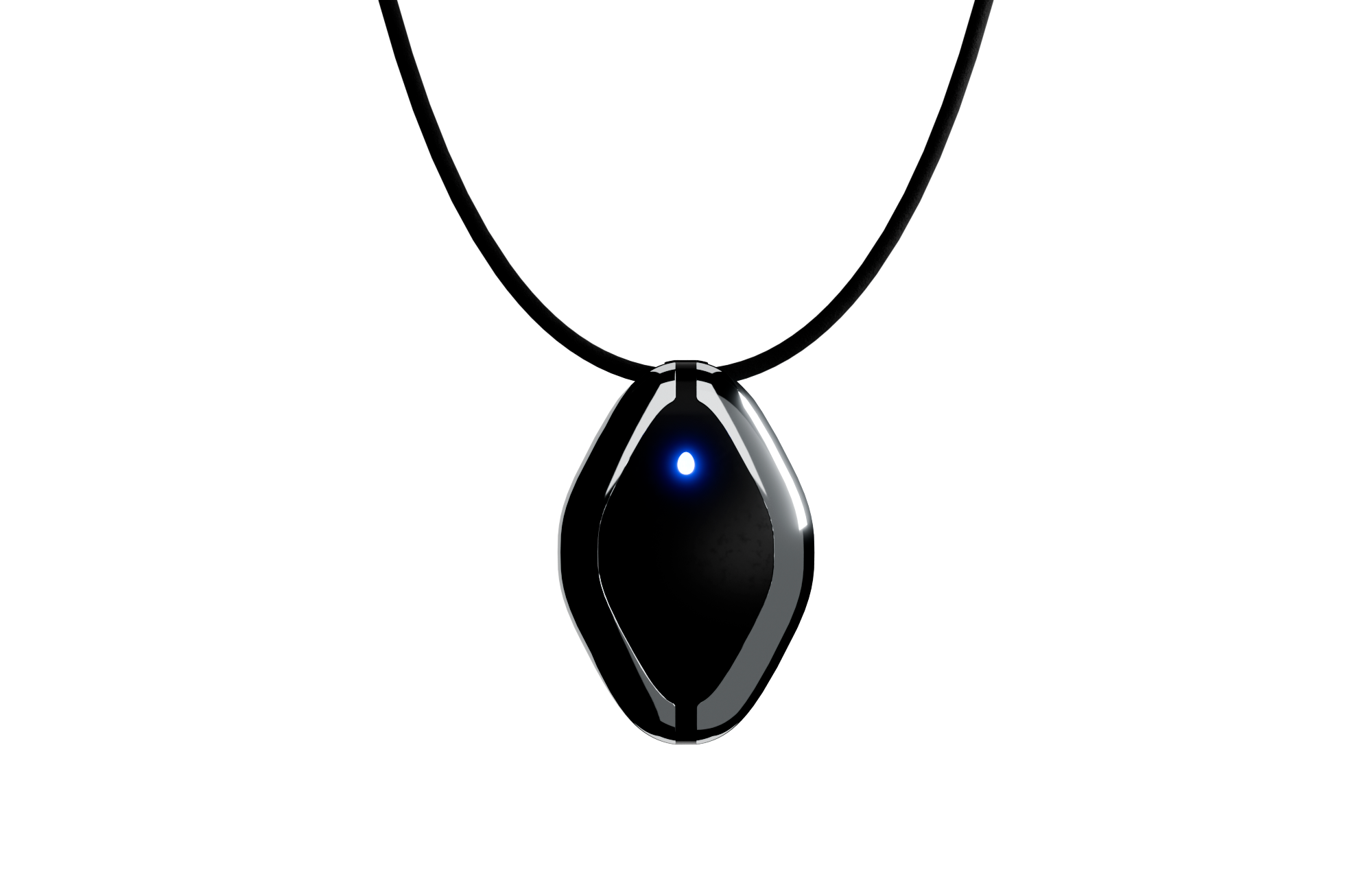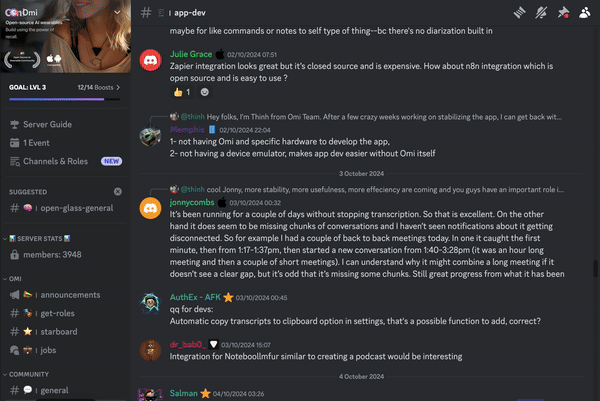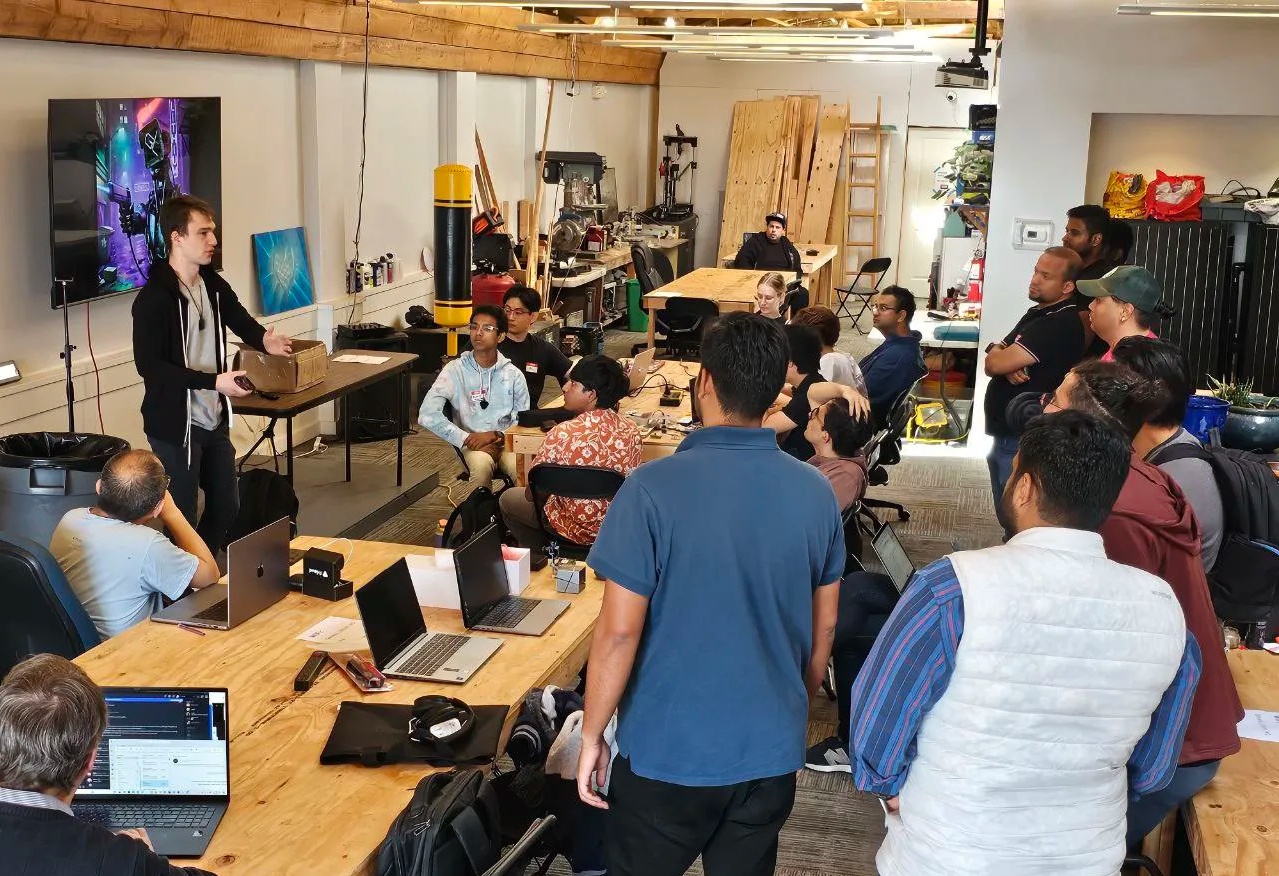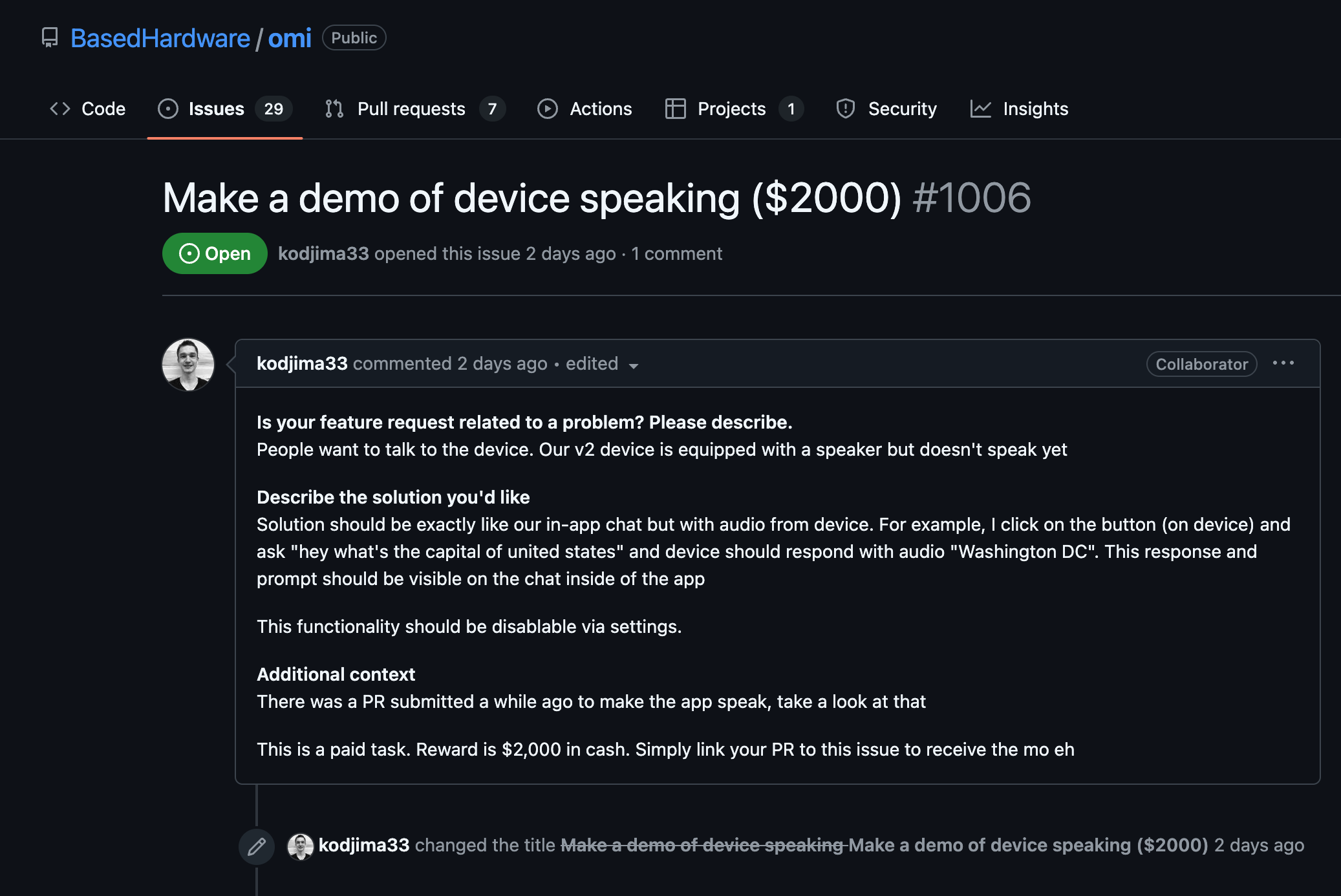Check Watchdog Configuration
Watchdog Timer Prescaler: Ensure that the prescaler is correctly set so that the timeout period matches your expectations. A mismatched prescaler might result in the watchdog not triggering at the intended time.
Watchdog Enable: Verify that the watchdog is enabled correctly in your system setup. It's possible that the watchdog timer was not activated due to a misconfiguration in the control registers.
Debugging Impact: Ensure that the microcontroller’s debugger/ICE setup is not affecting the watchdog. Some systems might disable watchdog as part of the debug configuration.
Review Hardware Connections
Connections: Double-check that all hardware connections related to the watchdog are functioning correctly. A faulty connection might prevent watchdog interrupts from being handled properly.
IC Reset Configuration: Verify that the hardware reset pin isn’t connected or configured to suppress the watchdog reset.
Code Inspection and Logic Flow
Critical Sections: Make sure the code isn’t spending excessive time in critical sections where the watchdog isn’t being serviced. If the code has long-running tasks, ensure that the watchdog is serviced within those tasks.
Interrupts: Review if any interrupts are disabling watchdog service routines inadvertently. Disabling the interrupts for too long can prevent the watchdog from being serviced.
#include <microcontroller.h>
// Example of servicing the watchdog too late due to interrupts being processed indefinitely
void someFunction() {
// Potentially problematic: continuously waiting for interrupt
while (!interrupt_event_occurred) {
// Watchdog would not get serviced here for prolonged periods
}
// Service Watchdog
WDT_Service();
}
- Watchdog Service Routine: Check if the watchdog service routine is correctly coded and executed within the intended intervals.
#include <microcontroller.h>
void WDT_Service() {
// Assuming this is the correct way to reset the watchdog timer
WATCHDOG_RESET_REG = 0xAAAA;
}
Check Retry and Clear Mechanisms
Retry Logic: Ensure there is no logic that continually clears the watchdog unnecessarily, preventing the watchdog from reaching its timeout state.
Unintended Clears: Verify that the code does not unintentionally reset or clear the timeout count directly or indirectly in other functions or by influence of external libraries.
Review Documentation and Updates
Microcontroller Datasheet: Consult the specific microcontroller’s datasheet to understand any unique configurations or errata related to the watchdog timer.
Firmware Updates: Ensure that the microcontroller firmware (if applicable) is not outdated, as this could include critical fixes affecting the watchdog operation.
Test in Different Scenarios
Varying Load Conditions: Test the system under varying load and resource utilization to see if the watchdog behaves differently. Timing-sensitive issues might only appear under specific stresses.
Simulated Failures: Introduce simulated code failures or delays intentionally to determine if the watchdog appropriately resets the system under these circumstances, thus confirming its functionality.
By systematically evaluating these aspects, you should be able to resolve any issues with the watchdog timer not resetting your microcontroller after timeout.













